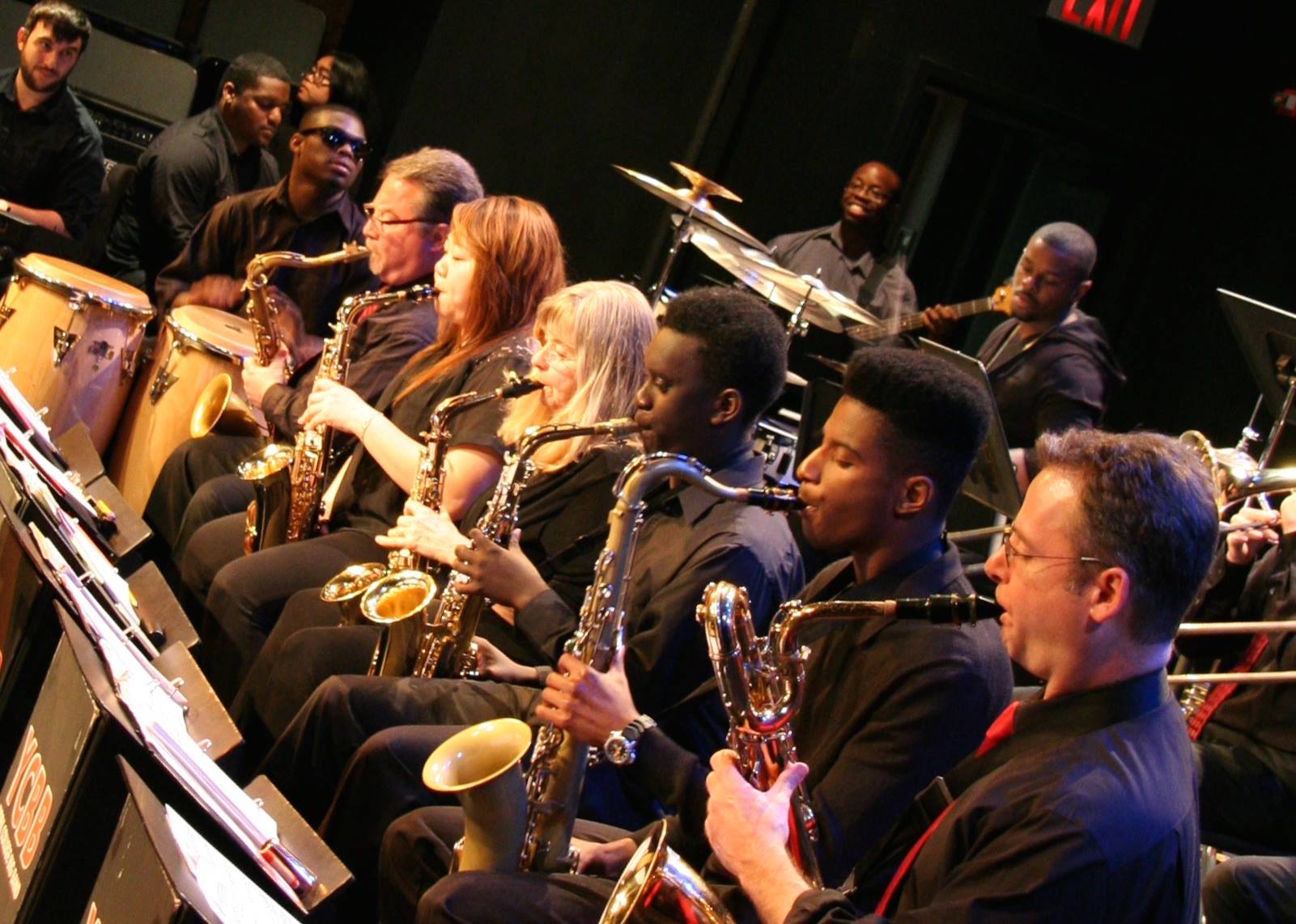
Look out Julie Andrews, there’s a new sound of music coming from York in 2015. With the new auditions requirements, a new lab and new courses added to its curriculum, York’s music program is undergoing a shift for the better.
For those looking to get into the music program at York College next fall, good luck on your audition. As part of ongoing changes to the music curriculum, officials the music department have decided to incorporate auditions as a requirement for several of the jazz courses, according to Dr. Tom Zlabinger, director of the performing and fine arts department. Zlabinger, together with Chair of the Performing and Fine Arts department, Timothy Amrhein, decided that the changes would be made.
“Due to the increased interest in jazz performance at York College and the specific instrumentation needs of the courses, we must select who is in the classes going forward,” said Zlabinger.
The auditions also determine if students are ready for the difficulty of the courses, said Zlabinger. Amrhein said the auditions are way of assessing students coming into the program. He explained that by allowing students who are interested but have no experience the program becomes more challenging.
“The idea is to get everyone to a certain point when they start the performance aspect of it,” said Amrhein.
The auditions will be required for the Jazz Ensemble courses Music 139, 239, 339 and 439. Auditions will also be required for the Jazz Improvisation courses Music 146, 246, 346, and 446.
“Students will be expected to read music, perform basic scales, and sight read a piece of repertoire from the upcoming semester,” said Zlabinger. Students must also have permission from the department.
The auditions will take effect in fall 2015 and students will be required to audition every semester.
“At most schools like Queens College or Berkeley School of Music you have to audition, so what they’re doing isn’t anything new,” said Kenny Burdier, a former music major and recent York graduate. “I see it as growth.”
Though he liked being able to take classes without added stress of auditions, Burdier said “if they would have had auditions that would have motivated me to learn on a faster level.”
The changes included much more than just the auditions. Zlabinger and Amrhein have created new concentrations in both music performance and music production. To support the new music production concentration, a new computer lab will be built in the academic core building in room LL02.
“The idea is to run programs that will help students produce electronically,” said Amrhein.
The lab will also include whisper rooms, soundproof rooms specially designed for recording music, similar to that of a professional recording studio.
“I can see it bringing in a flood of new students to the program,” said Burdier. “Not every musician wants to play live music, some rather be in the studio working with other musicians.”
Along with the new concentrations, several new and unique courses have been added to the curriculum, including music 278, Art & Sound of Video Games, music 328, Advanced Computer Music and music 279, History of Hip Hop.
“It’s catering to a variety of students and the more diverse they can get the better,” said Burdier.
In deciding on all the changes to the curriculum Amrhein said his main concern was the outcome of the program for students.
“Are you preparing students for graduate school, to go out and play professionally or are you preparing students to become recording artists? From that, that’s how we base the curriculum,” said Amrhein.

